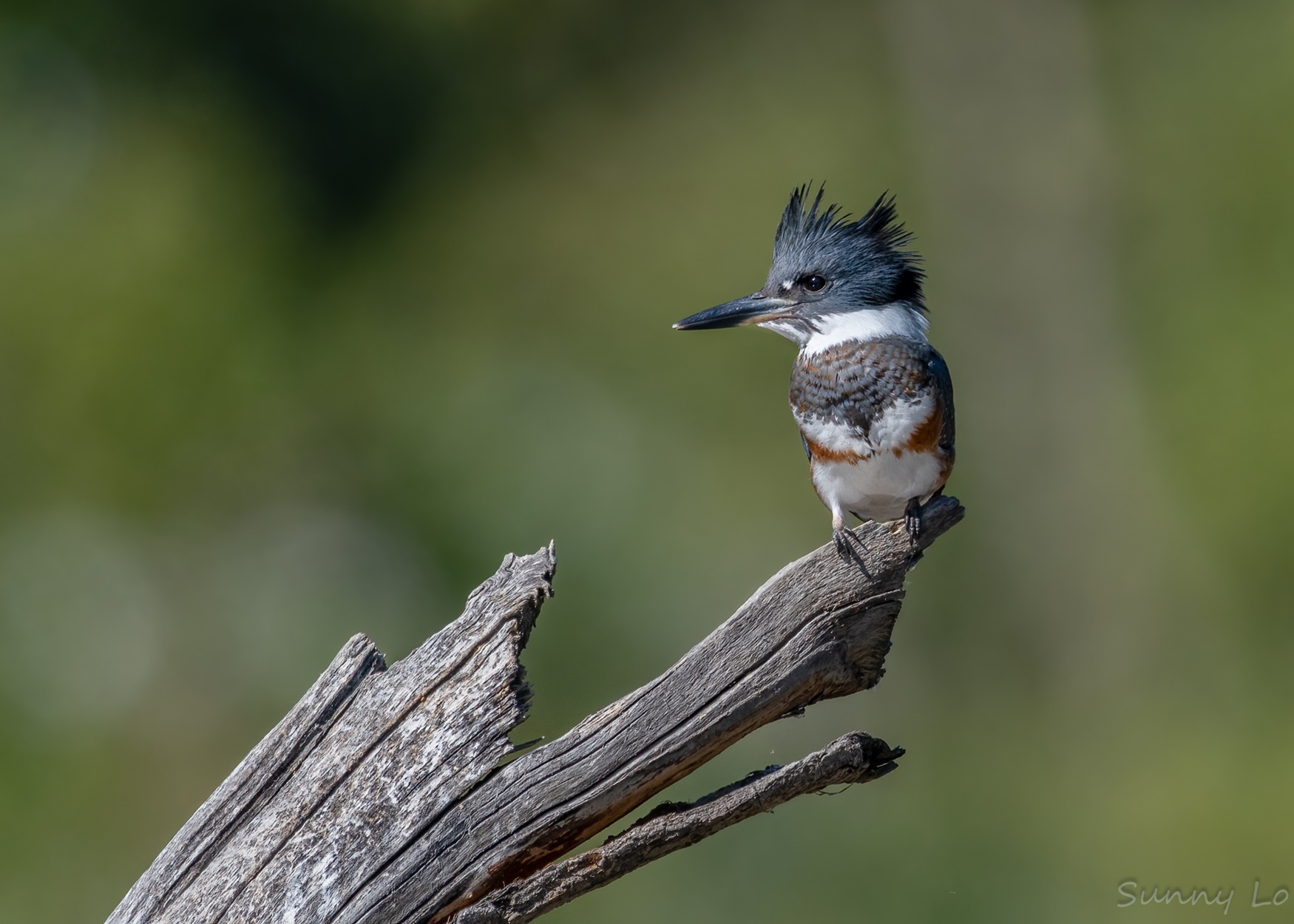Hummingbird is a common name for New World family Trochilidae, which numbers more than 300 species. It is one of the largest bird families and contains the smallest known bird (bumblebee hummingbird, Atthis heloisa 2 g, native to Mexico). Males, in particular, come in an astonishing variety of sizes, shapes, colours and plumage. In flight, the wings of some beat so rapidly that they produce a humming sound (hence the name). They are the only birds able to hover in midair and fly backwards.
Range
Five species nest in Canada. The ruby-throated hummingbird (Archilochus colubris) is the only species in eastern Canada. Its range is from southeastern Alberta to Nova Scotia and Prince Edward Island. The black-chinned, Anna's, calliope and rufous hummingbirds (A. alexandri, Calypte anna, Stellula calliope and Selasphorus rufus, respectively) nest only in western Canada, and the former 2 only in remote mountain areas. The calliope hummingbird is Canada's smallest bird at 2.5 g. Canadian species nest in trees, laying 2 white eggs.
Diet
Hummingbirds get their energy from flower nectar; small insects supply protein for growth. The hummingbird has a very fast metabolism. Feeding on almost 1000 flowers daily, it consumes almost half its body weight in sugar. At night and in periods of bad weather, certain species fall into a semiconscious state to conserve energy.
Hummingbirds can be attracted into gardens if flowers with long corollas are grown or small flasks of sugar water are set out, and can be induced to perch on a person's finger while feeding.


 Share on Facebook
Share on Facebook Share on X
Share on X Share by Email
Share by Email Share on Google Classroom
Share on Google Classroom







